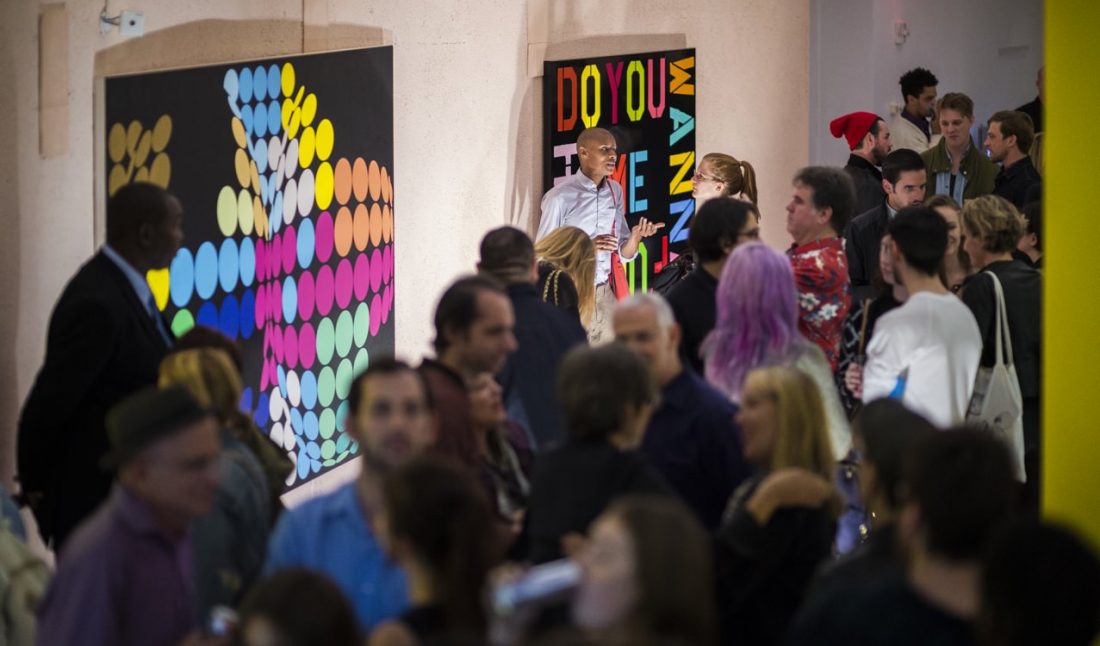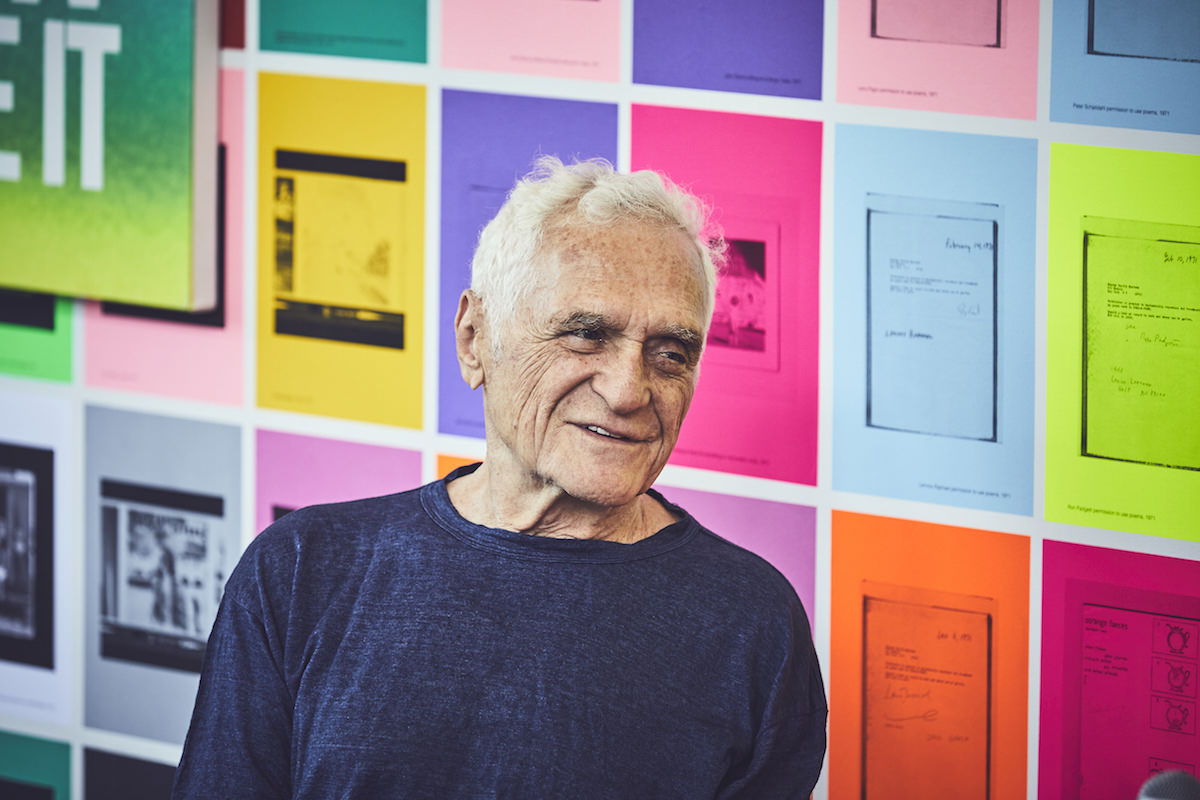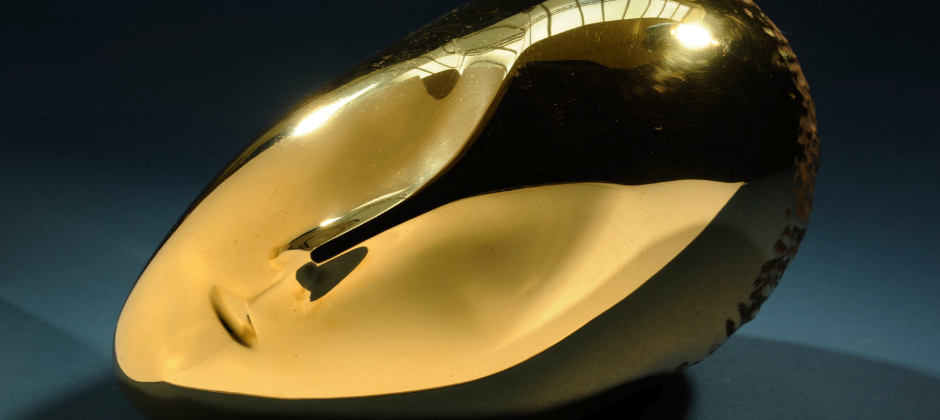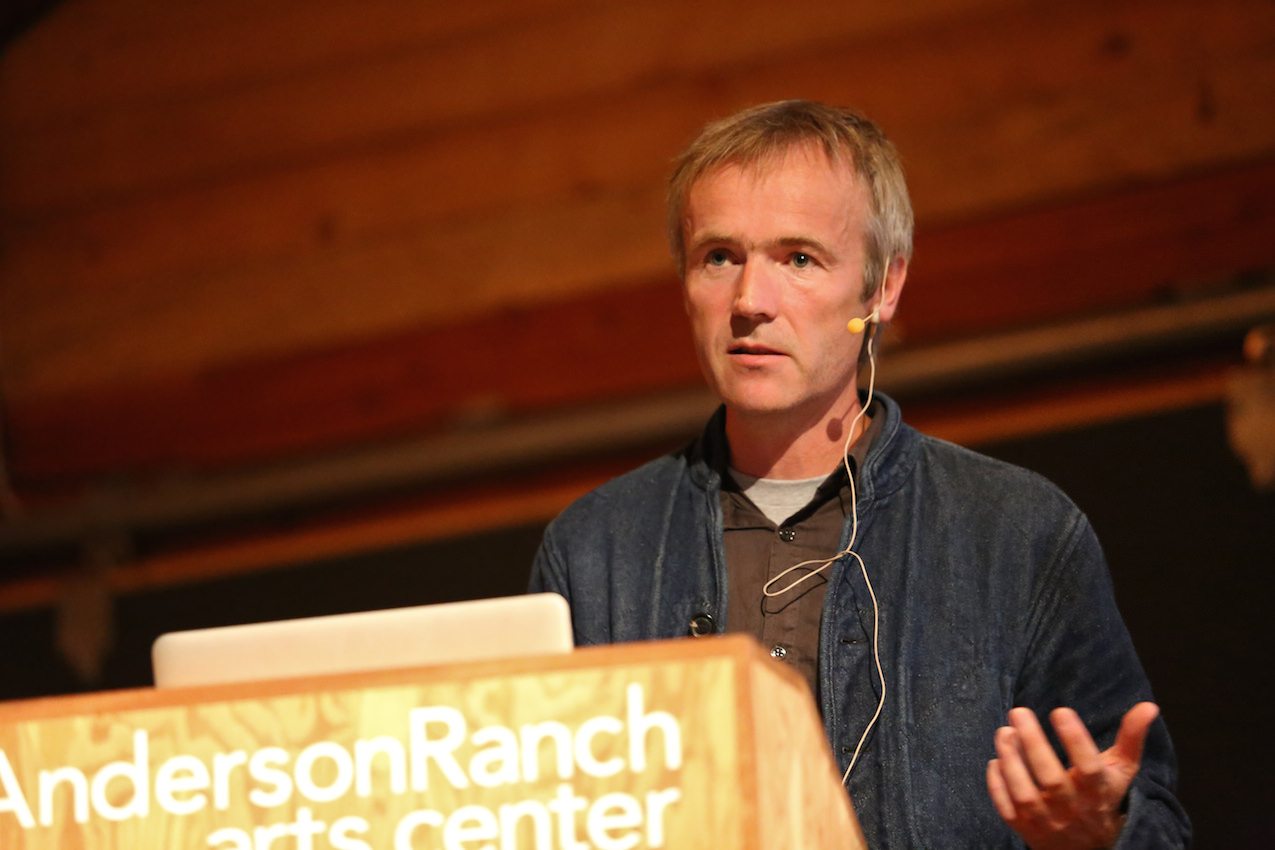Deborah Kass is a force unstoppable. Her paintings focus on post-war motifs and appropriated pop culture to represent marginalized identities, most notably fixtures of the middle class such as Broadway songs and Barbra Streisand. Kass is represented by Paul Kasmin Gallery, and has work in collections at the Museum of Modern Art, the The Jewish Museum, the Solomon R. Guggenheim Museum, and the Whitney Museum of American Art, to name but a few. Recently inducted into the New York Foundation for the Arts Hall of Fame, her catalogue has challenged the conventions of a male-dominated art world since she began her work as a painter during the height of the second-wave feminism movement.
Her most recent installment, “Do You Wanna Funk With Me?” from her series Feel Good Paintings for Feel Bad Times, can be seen at Red Bull Studios’ exhibition “Spaced Out: Migration Into the Interior” curated the Brooklyn Rail’s Phong Bui, who also curated last year’s “Come Together: Surviving Sandy.” Recently, Kass was joined by Chris Martin, Ken Johnson, Bruce Pearson, and Fred Tomaselli for a panel on how psychedelics have defined each of their distinctive artistic repertoires. Following the discussion, Kass sat down with Whitewall to discuss feminism and appropriation, art elitism, and how dropping acid richly informed and defined her understanding of art history.
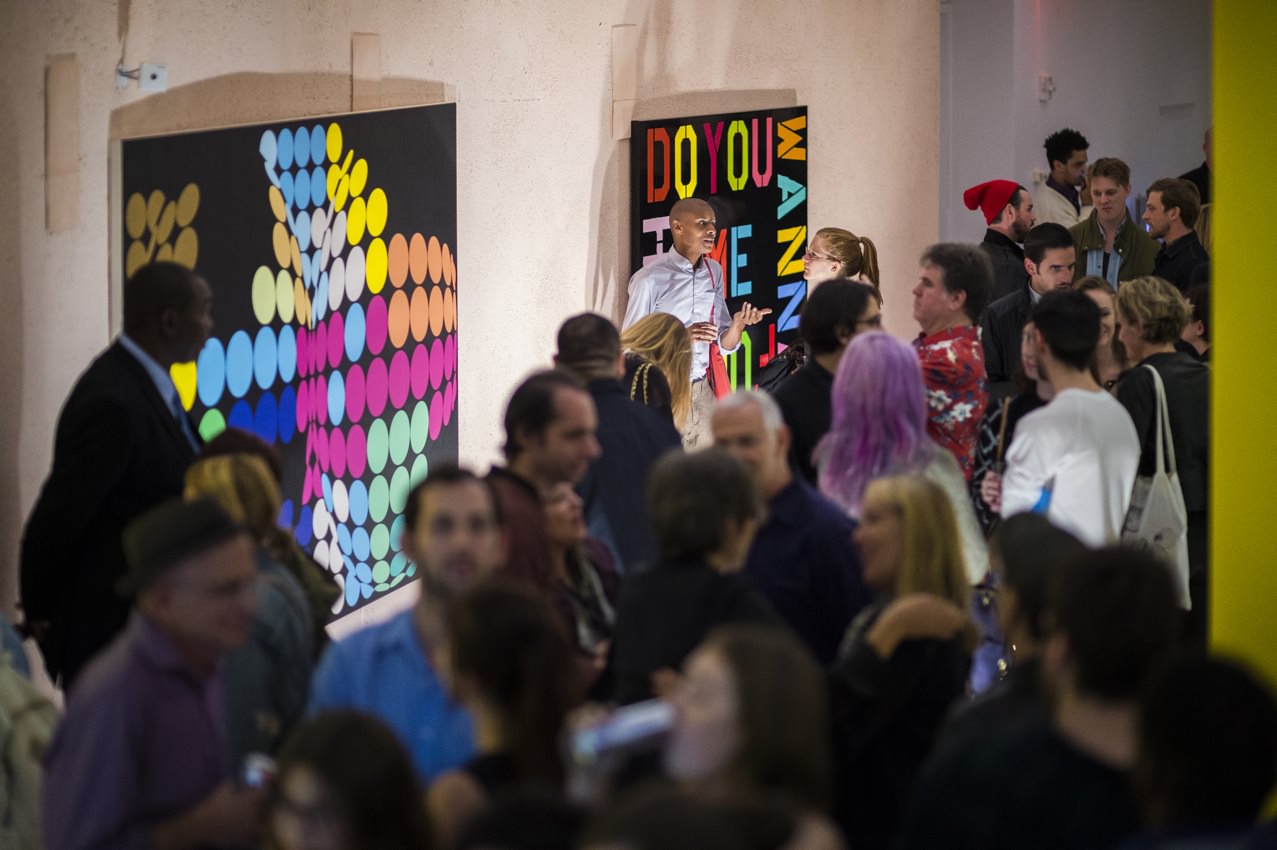 Photo Credit: Greg Mionske/ Red Bull Content Pool
Photo Credit: Greg Mionske/ Red Bull Content Pool
WHITEWALL: You’ve spoken before about how when you were beginning your career, your field was primarily male-dominated. You’ve described having the sense that fine art, and specifically as a painter, was really a man’s world.
DEBORAH KASS: Or, a football league.
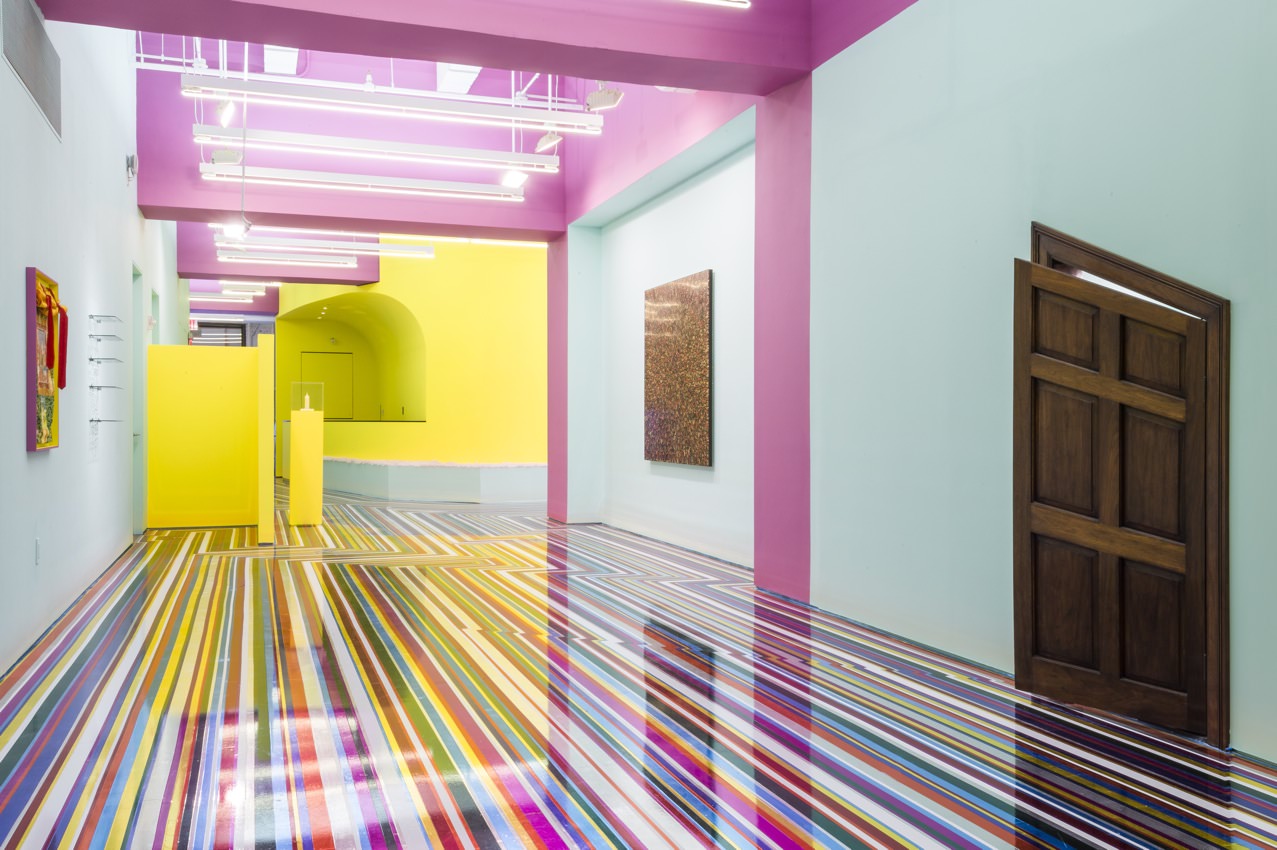 Photo Credit: Greg Mionske/ Red Bull Content Pool
Photo Credit: Greg Mionske/ Red Bull Content Pool
WW: Exactly. And you talk about Cindy Sherman and Barbara Krueger using appropriated art and photography as a means of almost cheating the system, as a way to sort of say, “we’re going to go find our own way of doing things.”
DK: And we’re going to a place where there’s no market, so you can’t touch us.
WW: And you’ve mentioned many times those are two artists who you feel challenged that sexist environment.
DK: Well, you’ve sort of just made a parenthesis in two different decades. So you’ve got the ‘80s, which was my male contemporaries, and then you have the ‘50s and ‘60s, which really formed my consciousness, which is all male, Museum of Modern Art, Alfred Barr. But right in between those two things was second-wave feminism, and that’s the ’70s.
WW: Sure.
DK: So, it being the height of feminism when people were interested in what was going on in the arts, it had to do with women because women were gaining political power. And with political power comes visibility if you’re an artist. If a group has political power, those people–like white men–when they have political power, they tend to do very well. At a moment when women were literally gaining power, it just so happened when I came to New York the most interesting art being made was absolutely women painters and sculptors. No questions, hands down. Just like hands down the decade before had been Andy Warhol, Ellsworth Kelly, and Rauschenberg–you know, men.
But in the ‘70s I was very young; it was great because it was Elizabeth Murray, Mary Heilmann, Pat Steir, Louise Fishman, and Harmony Hammond, and feminism and art were really seen as integral to each other. So that’s why it was surprising to me that what I considered social progress in the ‘70s to be stopped so literally, figuratively, by the brick wall of the late-1970s. If you painted and you’re a woman, forget it. So it was a real shock to one’s system, to go What?, and to see that the men your age actually had an investment with the way things were, that they weren’t coming along with you for the ride of liberation.
WW: So when you inserted yourself into that world, did you feel the backlash personally by your male contemporaries?
DK: Not to begin with, but it was an accumulation through the ‘80s. My first show was 1983.
WW: Which series?
DK: It was my landscape paintings; it was neo-expressionism. I mean there were women showing, but it was the fact that we all at best tread water while these guys we knew–like I knew Julian Schnabel from the Whitney program in 1972–like my friend Julian became a superstar, but so were these other guys whose work I really liked (don’t get me wrong, I really love Julian’s work), I loved David Salle’s, I love Eric Fischl’s, I love Peter Halley’s work. I still do, but it was clear they were only interested in speaking to each other. There was never a sense of comradery between them and the women I could tell unless they were married to them or sleeping with them, or whatever. But it was sort of disappointing. Like I thought this was a conversation we were all having, and at a certain point it became clear with the money involved that the women were not invited into that room for the cigars and whiskey. And cocaine.
WW: So much of your work is representative of marginalized identities, whether its queer culture, women, or ethnic diversity, and you at one point during the panel you defended the idea that psychedelia invites these different viewpoints. One of the things you’ve talked about in various interviews is how these are so necessary, not necessarily that one opinion is better than the other, but that we’re actually having a conversation representing different ideas.
DK: That we’re equal. That is equally valuable.
WW: Right. Rather than this dichotomy of being either left or right.
DK: But the problem with the art world is that it’s reinforced over and over again that it’s not as valuable. And this is the fight, but in the Darwinian market, we are in no way near academia and kind of even memory of affirmative action. This is the market, and it’s really affected everything, and it’s very disturbing.
WW: And the representation of the middle class, I feel like, is so poorly represented in the art world.
DK: Well, that’s because a lot of the older people are ex-middle classers who through a series of luck and tax breaks starting with Reagan are now incredibly wealthy but embarrassed about where they came from. So the idea of being middle class in the art world is–
WW: So taboo.
DK: It’s like loving Barbra Streisand. It’s taboo.
WW: I wanted to talk about your work in the context of this panel, because as you said, you don’t really make psychedelic work, but you did drop a lot of acid. You spoke about it informing your landscape work, but do you feel it was integral to the larger body of your work?
DK: Well there were decades when I really did blame it all on acid. I literally would say, and I said it, “Everything I know about art and painting, and particularly post-war painting–and sculpture, but particularly painting–comes from dropping acid and being in museums.” Also Titian, also Rembrandt, also Cézanne, in particular, primarily Cézanne. I mean I really did not understand Cézanne until I looked at a Cézanne tripping. But then I totally understood what the hubbub was.
WW: That’s amazing.
DK: Well, that’s how the world looks tripping. I was like, oh! Now I totally understand what was important about Cézanne. I absolutely did not. But my experience tripping was optically so much like that, that I got it. I made paintings based on that optical experience until about 1980, so in my 20s. And they didn’t go anywhere and they didn’t make any sense to anyone else, but they are my fallback formal position I’ve come to find out.
I always say I have no originality, formally, at all, but I do have this formal quirk that is completely visual. It’s about how color hangs in space, and how molecules hang in space. I have paintings like this from the ‘70s (but they wouldn’t even show them) where you can literally see I’ve remade reality with things hanging in space. Like the Larry Poons, exactly what he talked about. And I created images of the world using that. And it was like some psycho impressionism.
WW: How do you use appropriation to inform or to exercise your feminist ideologies?
DK: Well, I just use art history as a language and I make it say what I want to say.
“Spaced Out: Migration Into the Interior” is located at Red Bull Studios at 220 West 18th Street, New York, New York through December 14th, 2014.






